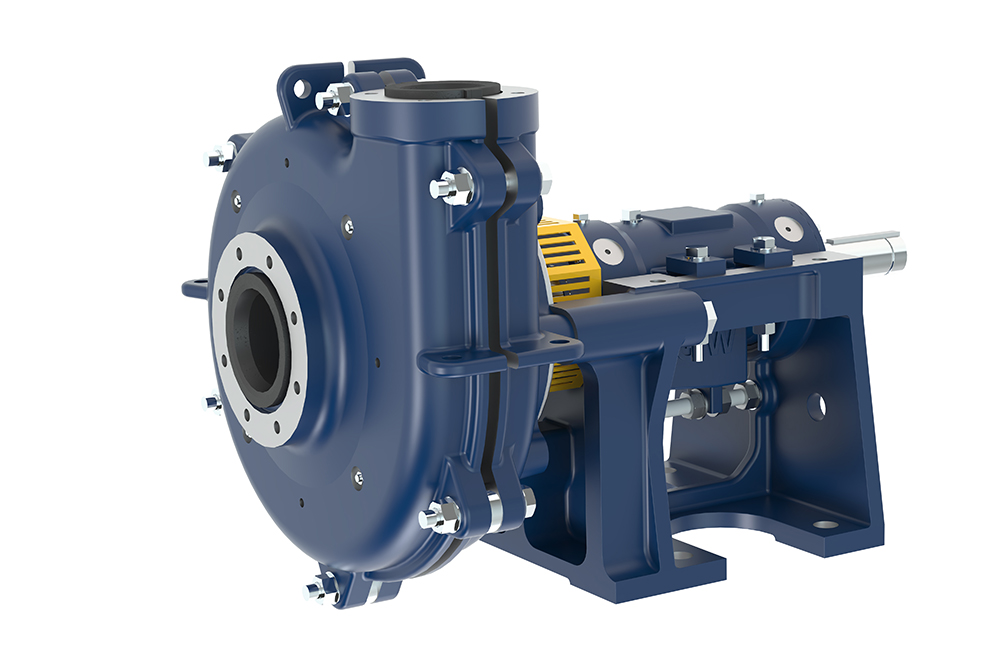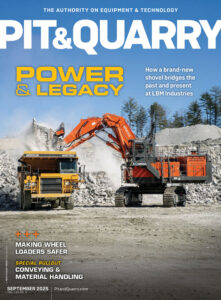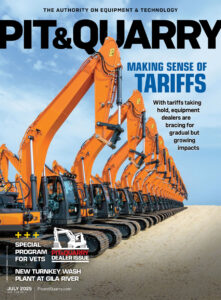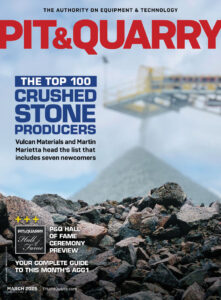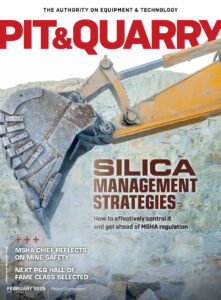In the material production industry, legacy systems have a long history.
They have served their purpose – printing tickets, recording loads and delivering basic reports. For many companies, that has been “good enough.”

Still, the companies driving the industry forward are no longer settling for just good enough. They are realizing a critical insight: comfort comes with a price.
The truth is, many multi-site producers rely on software that wasn’t designed to scale across various locations, cost centers or ERP entities. This results in a patchwork of disconnected systems that require significant IT resources to maintain. Slow, rigid reporting, limited customization and clumsy integrations are common, resulting in systems that restrict growth rather than foster it. Many companies will stick with these systems because they continue to function and operators are familiar and comfortable with them.
But what is the cost of this choice?
The price is operational agility. The cost is lack of visibility across the business. The expense is untapped profit, hidden in the inefficiencies of siloed data and disconnected tools.
Today’s top-performing producers move differently. They recognize that the future is for those who act now – and act smarter. They are adopting modern cloud-based solutions – systems designed for contemporary, multi-site operations that enable faster movement, deeper integration and smarter decision-making at every level.
From fragmented to focused
One vertically integrated producer operating across the Mid-Atlantic recently made a significant change.
After years of managing operations across multiple plants and business units with a fragmented array of on-premise systems, the organization realized that maintaining the status quo was holding it back. The company transitioned its entire material production operation to a modern, cloud-based solution. The impact was immediate.
With the new solution, the team was able to:
• Modernize the sales experience. Sales teams gained real-time access to inventory, pricing and order status, allowing them to respond to customers more quickly and effectively.
• Streamline ticketing and DOT e-ticketing. Digital ticketing and direct DOT integration eliminated paper handoffs, reduced scale house congestion and simplified compliance.
• Simplify back-office processes. Automated reconciliation and centralized invoicing helped reduce manual tasks, speed up the order-to-cash cycle and improve cash flow visibility across entities.
The organization was pleased with the minimal IT requirements and rapid onboarding process the cloud-based solution offered, enabling it to go live quickly and confidently – without diverting internal resources from day-to-day responsibilities.
What leaders do differently
Forward-thinking companies like this one aren’t just upgrading software – they’re transforming how they run their business.
Here’s what sets them apart:
• Unified operations across every site, ERP and cost center
• Real-time visibility into production, sales and financial performance
• Custom workflows to match unique site-level or corporate needs
• Seamless integrations with both modern and legacy tools
• 24/7 support and dedicated onboarding from a success team
These aren’t just improvements – they’re strategic advantages.
The time is now
Legacy platforms and lightweight solutions may still function, but they weren’t built to support where the industry is heading.
As margins tighten and complexity grows, companies that modernize today will be better positioned to lead tomorrow. One producer made the leap and unlocked measurable results across their business. You can too.
Craig Holman is a cofounder of BulkSource.


